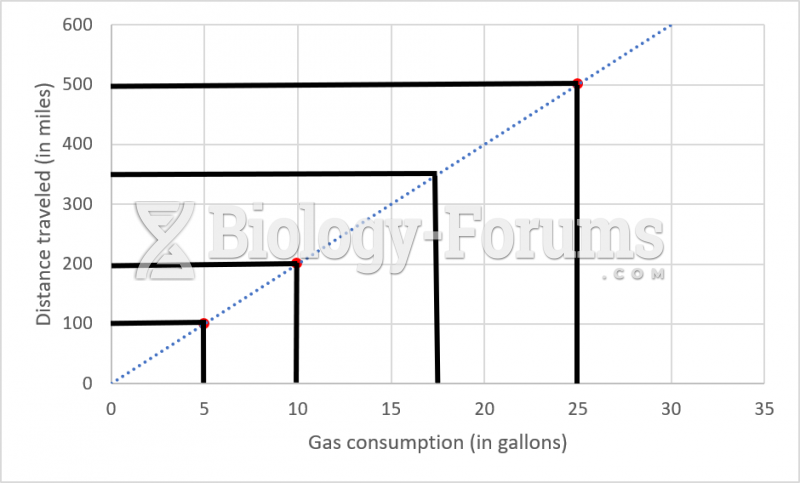|
|
|
Eat fiber! A diet high in fiber can help lower cholesterol levels by as much as 10%.
In the United States, there is a birth every 8 seconds, according to the U.S. Census Bureau's Population Clock.
The Babylonians wrote numbers in a system that used 60 as the base value rather than the number 10. They did not have a symbol for "zero."
Excessive alcohol use costs the country approximately $235 billion every year.
Once thought to have neurofibromatosis, Joseph Merrick (also known as "the elephant man") is now, in retrospect, thought by clinical experts to have had Proteus syndrome. This endocrine disease causes continued and abnormal growth of the bones, muscles, skin, and so on and can become completely debilitating with severe deformities occurring anywhere on the body.







